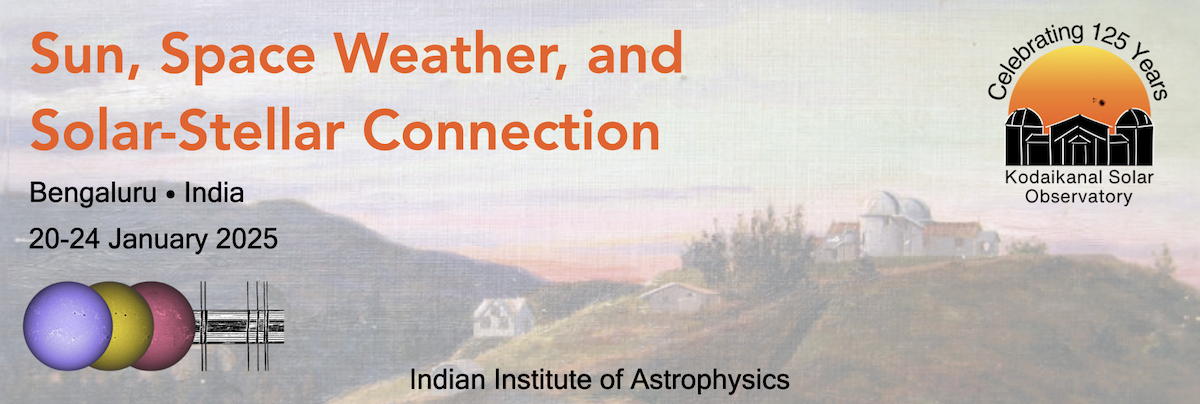Speaker
Description
One of the main objective of the Solar Orbiter mission is concerned with the production of energetic particles in the heliosphere, in particular with understanding how particles are released from their acceleration sources and distributed in space and time in the heliosphere. For energetic electrons, part of this question can be addressed by combining X-ray and radio observations. Indeed, while downward moving electrons produce X-rays in the chromosphere, upward moving electrons may generate coherent radio emissions when propagating through the corona, such as radio type III bursts. The launch of the Solar Orbiter in early 2020 marked a significant milestone, as it is equipped with the capability to simultaneously capture both types of emission. In this contribution, we shall present the first tresults derived from the comparison of X-ray flares observed by STIX in the 4-150 keV range on Solar Orbiter with radio type III bursts detected by RPW below 10 MHz on Solar Orbiter. The study focuses on 15 Interplanetary Type III radio bursts (IT3s) associated with HXR emission peaks, observed during the second commissioning phase of the STIX from November 17 to 21, 2020. Changes in the X-ray source morphology are found coinciding with the occurrence of IT3 emissions, and combined observations with the EUI instrument suggest a delayed access to existent open magnetic field lines within the active region. In the second part of the presentation we will investigate the link between the speed of the electron beams traveling outward (deduced from radio) and the energy density of the electrons traveling downward (deduced from X-rays). Indeed, assuming both electron populations share properties from a common acceleration region, some correlations should be found between these two quantities. Higher velocities in type III bursts are thus expected to be associated with a harder electron spectrum and larger beam density, as inferred from X-ray observations, indicating a larger amount of high-energy electrons interacting with Langmuir Waves. We shall present results derived from the comparison of more than 20 flares observed by STIX and associated in time with radio type III bursts detected by RPW below 10 MHz.
| Contribution Type | |
|---|---|
| Theme | Connecting Solar Corona to Heliosphere |

